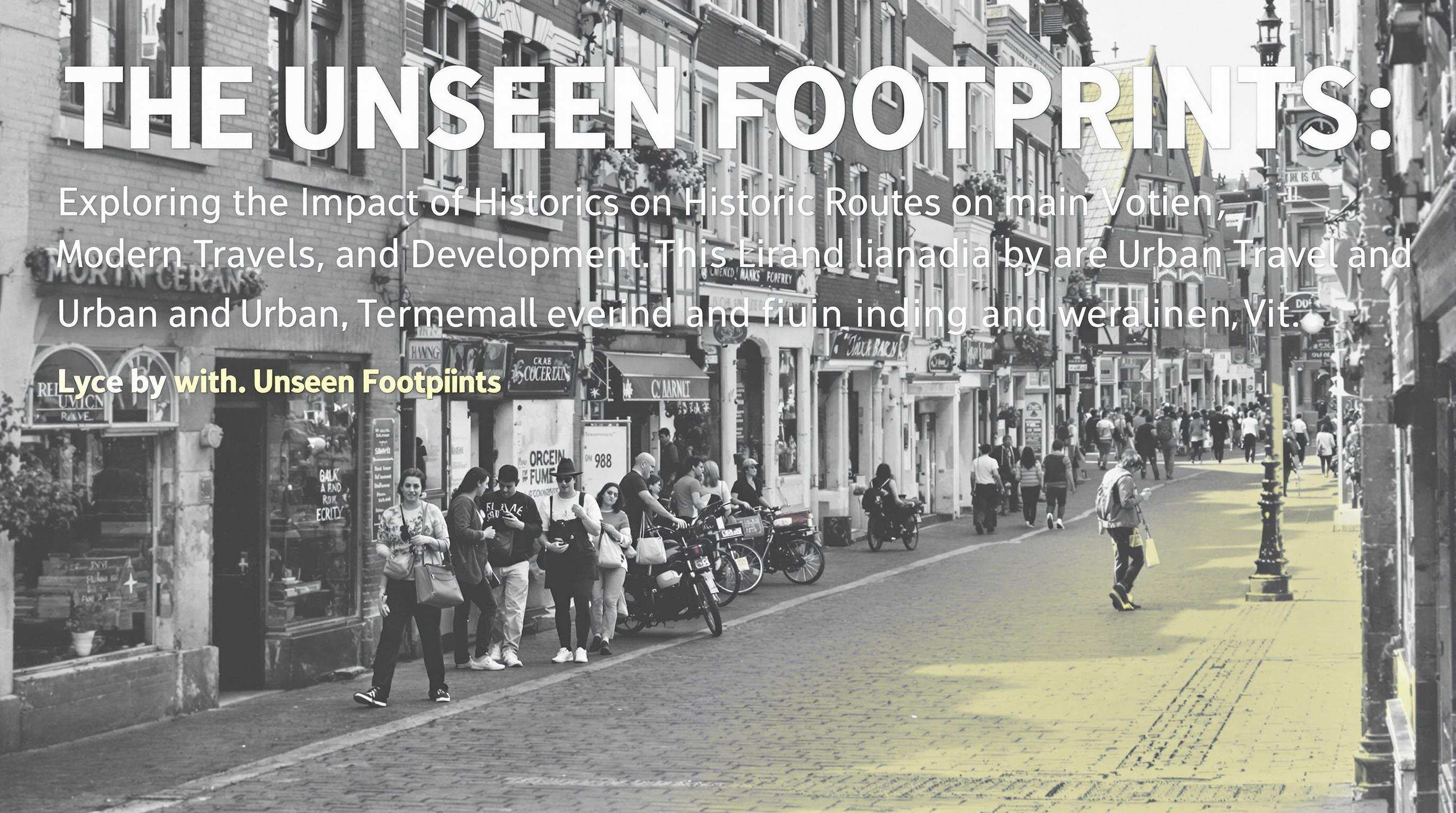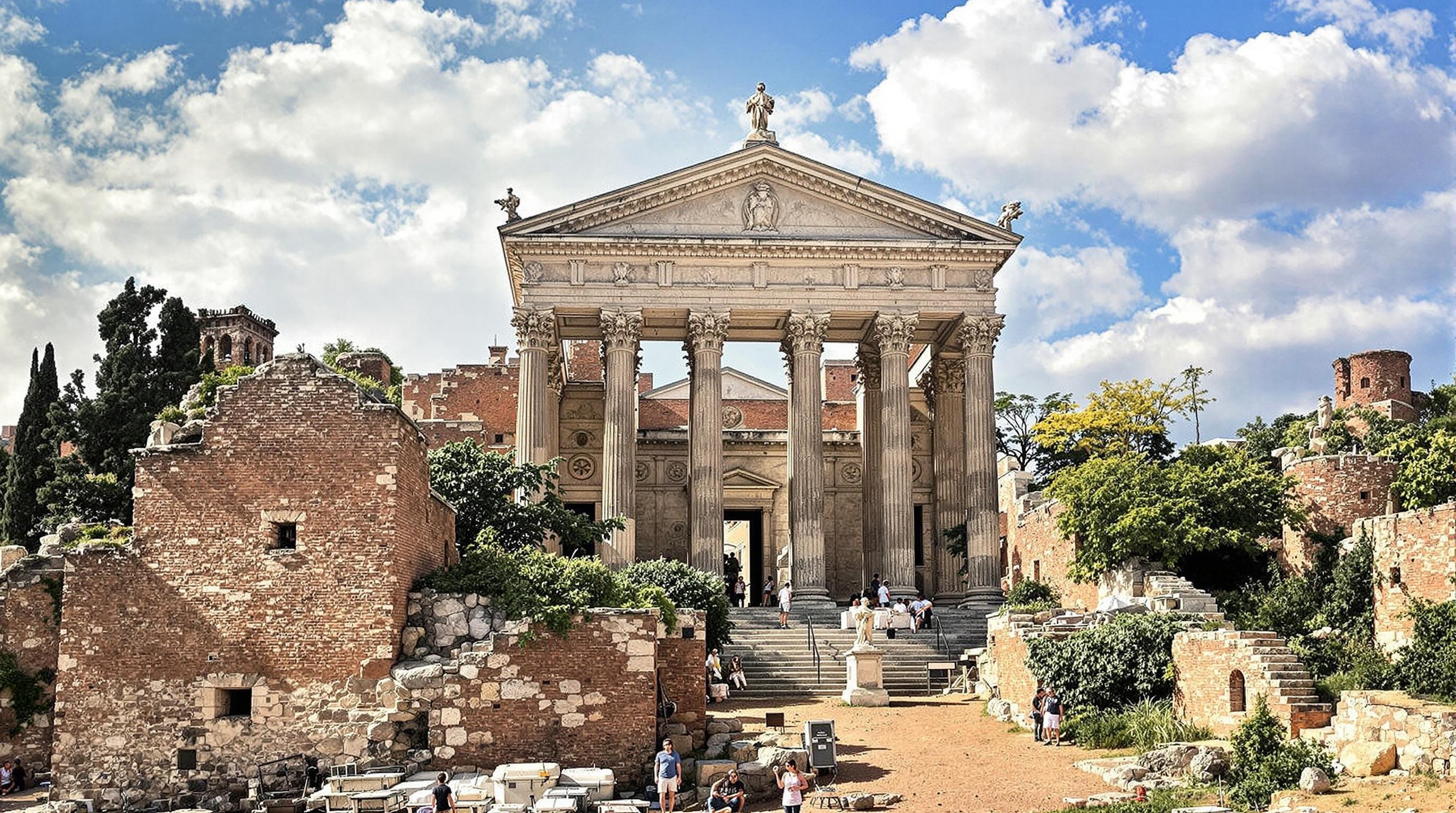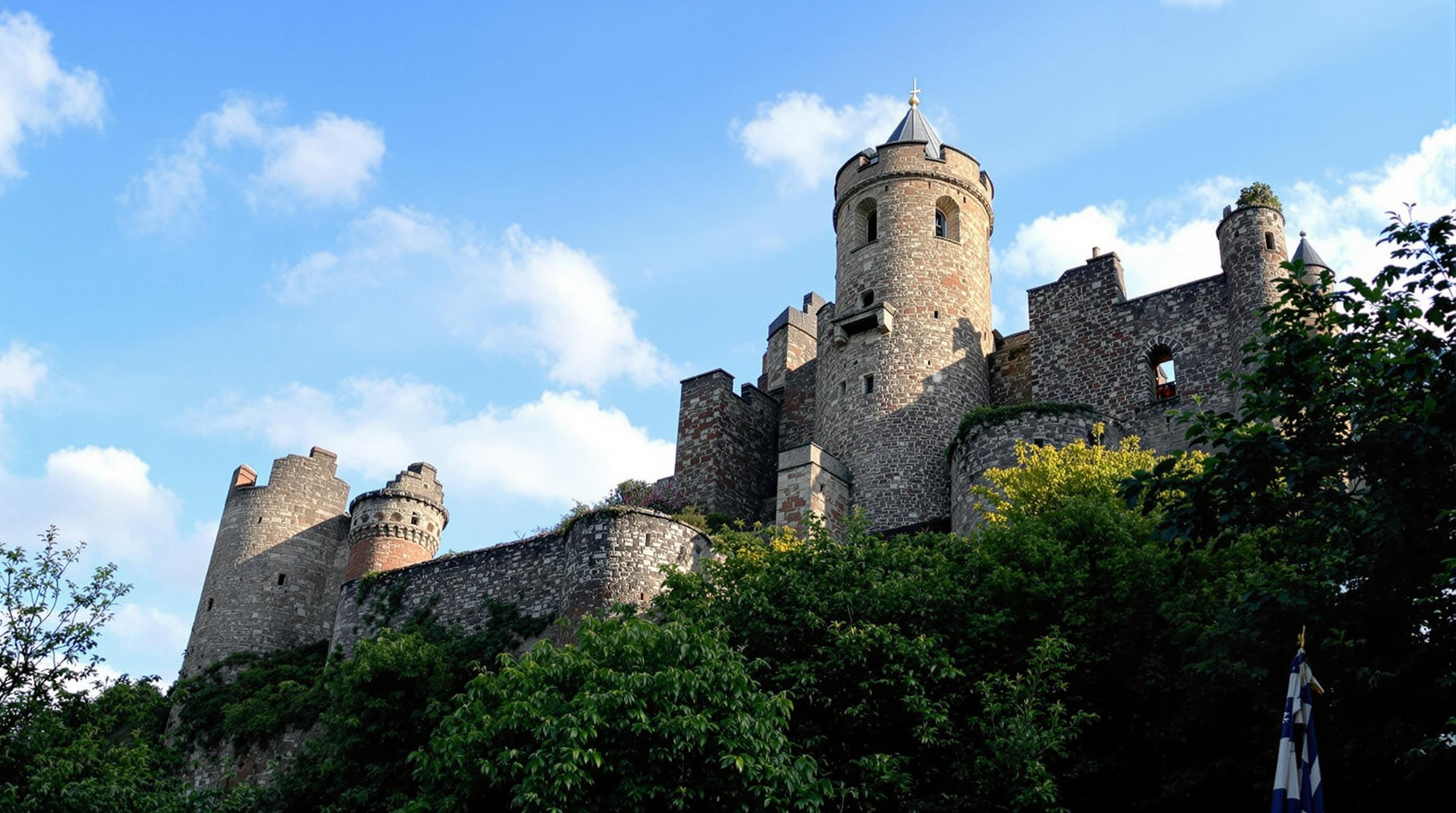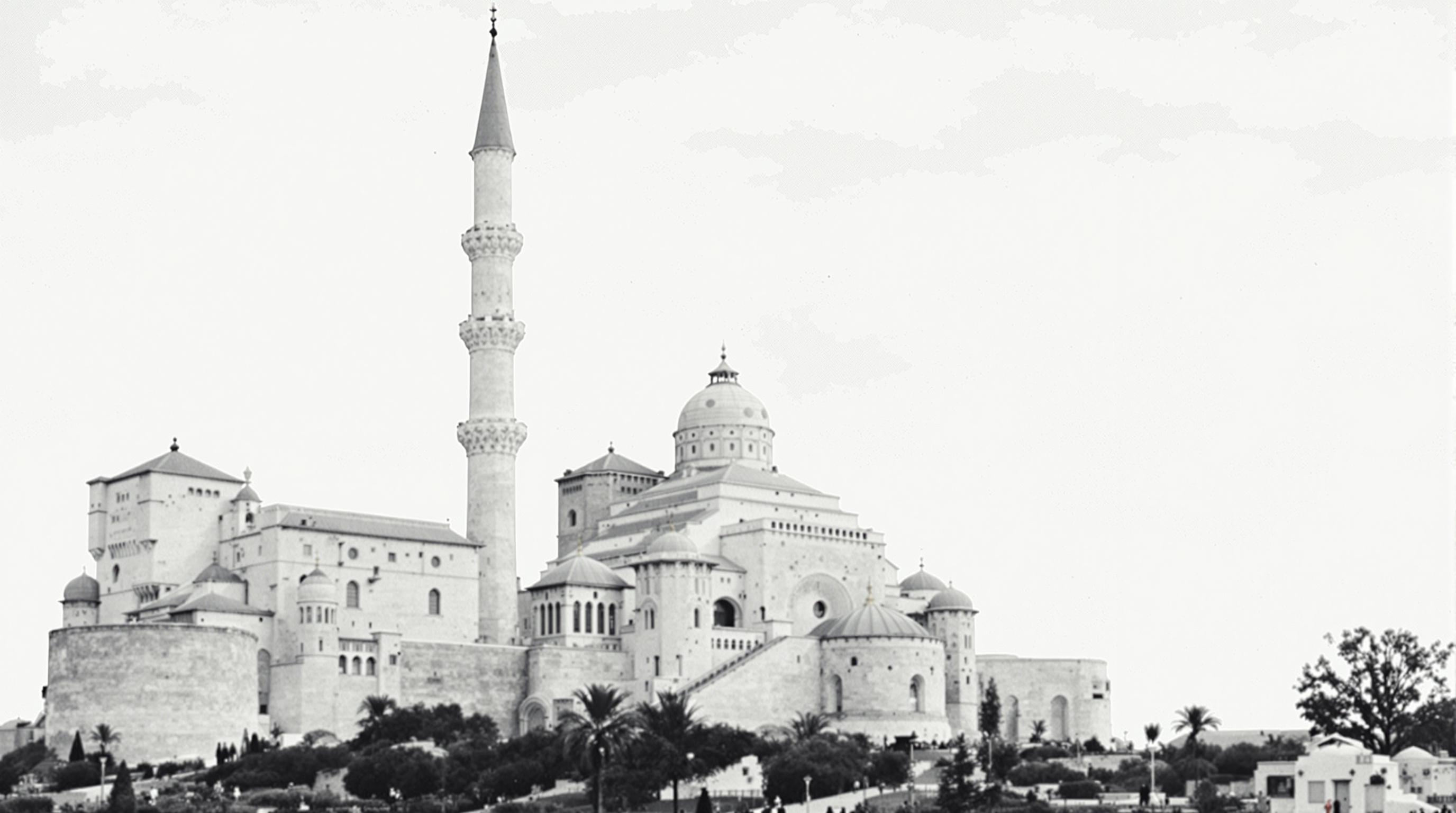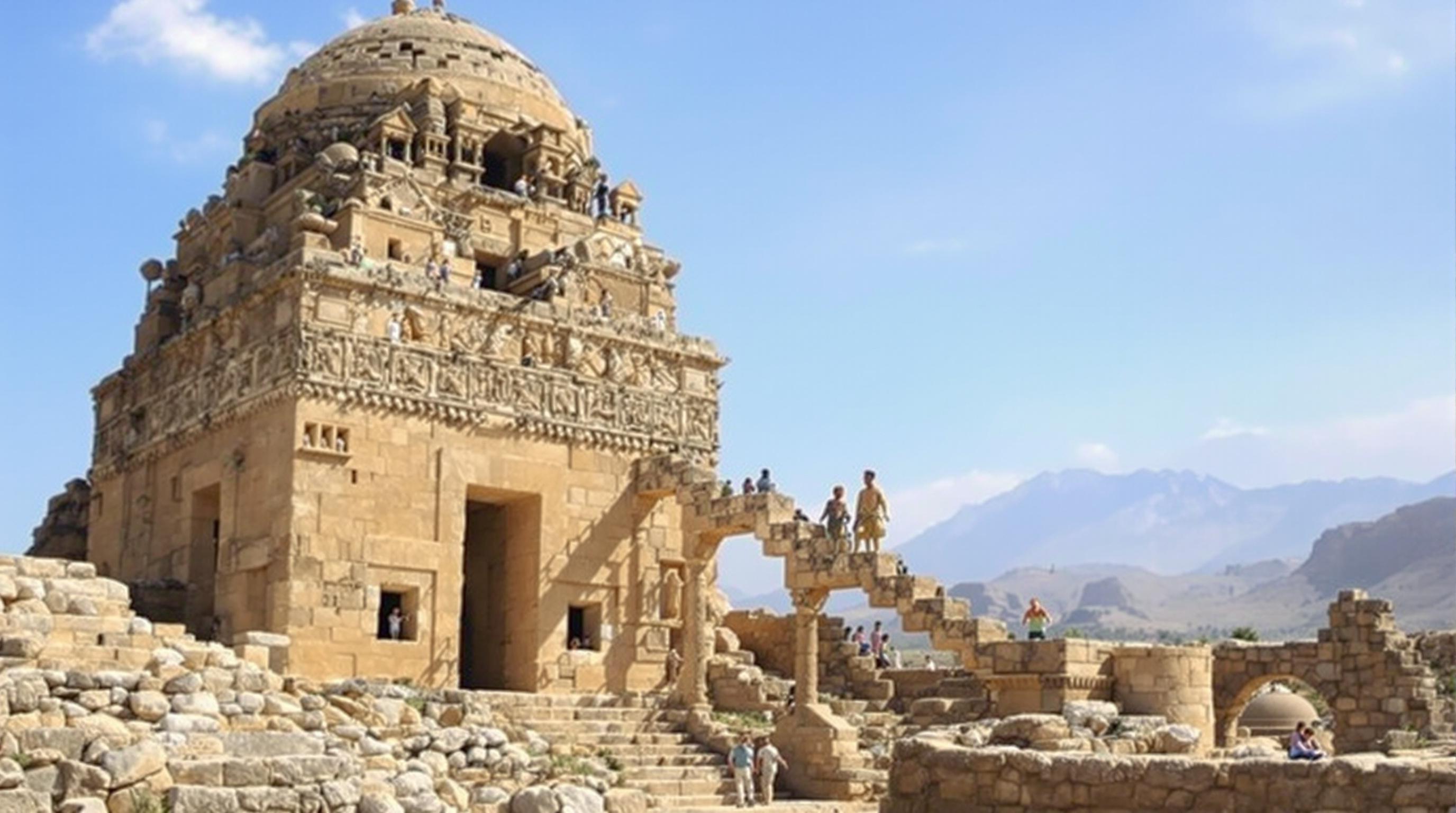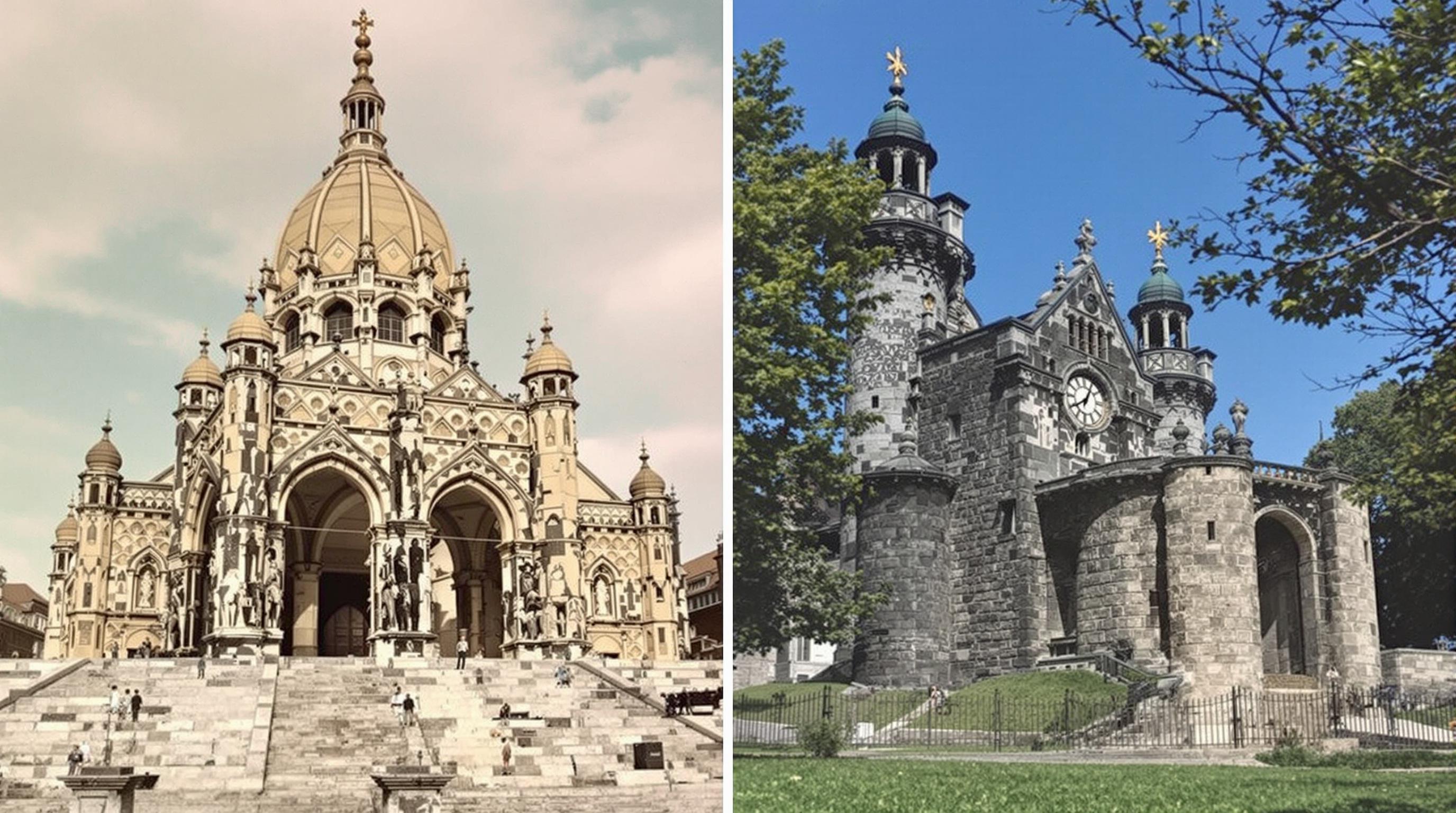Related Articles
- Navigating Ethical Travel: The Role of Arts and Crafts in Supporting Local Economies and Cultures
- Rediscovering Ancestral Routes: How Ancient Trails Offer Insights into Sustainable Travel Practices
- The Ethical Dilemma of Luxury Travel: Splurging or Supporting Sustainable Development?
- Navigating Ethical Dilemmas: The Quest for Authenticity in Local Food Experiences While Traveling
- Beyond the Facade: Exploring the Subsurface Infrastructure of Iconic Historical Structures
- Curiosities Unearthed: The Surprising Connections Between Historic Sites and Modern Art Movements
The Unseen Footprints: Exploring the Impact of Historic Routes on Modern Travel and Urban Development
The Unseen Footprints: Exploring the Impact of Historic Routes on Modern Travel and Urban Development
The landscapes we traverse today bear the marks of ancient paths and trading routes, shaping the contours of our cities and travel practices. As we explore historical routes, we uncover their profound influence on modern travel and urban development, revealing a tapestry woven from the threads of time.
The Ancients' Influence
Can you imagine the hustle and bustle of a marketplace thousands of years ago? Picture merchants traversing dusty trails, laden with spices and silk, connecting cultures across vast distances. Routes like the Silk Road were not just pathways; they were lifelines of trade and cultural exchange. The Silk Road, for example, spanned over 4,000 miles and linked the East and West, bringing with it not only goods but also ideas and innovations that shaped civilizations.
In 2018, a study by the Harvard University Institute of Economic Research estimated that the routes established during the Han Dynasty led to trade networks that boosted economies across Asia and Europe by as much as 25% in their respective regions. This statistic underscores the vital role these ancient routes played in advancing economies and cultural interactions, impacts we still feel today.
Footprints in Urban Development
Fast forward to modernity, and we see these historical routes echoing in our urban landscapes. Case in point: The cities built around the Roman Empire were positioned strategically along major roads and trade routes, which bolstered their growth. Today, we can trace the remnants of these historic paths in the grid patterns of cities like London and Paris, where every street has a story. The famous Via Appia, or Appian Way, established over 2,000 years ago, laid the groundwork for the development of not only Rome but also influenced the city's expansion and infrastructure.
From Horsebacks to Highways
Ah, the irony of progress! While we’ve moved from horse-drawn carriages to high-speed trains and self-driving cars, the essence of travel remains rooted in those ancient paths. Ever been stuck in traffic on a Friday evening? That gridlock likely follows a route established long before the first car hit the road. It’s almost as if the past is silently laughing at our attempts to “modernize.”
Interestingly, the oldest known road, the "Via Augusta," which connected Rome to northern Spain, still influences modern traffic patterns today. Studies show that about 60% of modern roadways in Europe hew closely to historic routes established in Roman times, proving that while technology evolves, our fundamental need for connectivity remains unchanged.
The Economic Ripple Effect
Let's consider the economic implications. Modern cities often rise around remnants of historic routes because they provide essential connectivity. The Interstate Highway System in the United States, for instance, was routed to merge with older paths and roads, underscoring the importance of historical routes in contemporary infrastructure planning. According to the Federal Highway Administration, the average American spends about 38 hours a year stuck in traffic—yet, much of that traffic exists because of routes laid down years ago!
Preserving Our Pathways
While modern development races ahead, preserving our historical routes can enrich our cultural identity. Cities around the world are increasingly recognizing the importance of integrating historical preservation into urban planning. For example, the city of St. Augustine, Florida, one of the oldest cities in the United States, has maintained its colonial Spanish architecture and is a prime example of how historical routes can attract tourism, contributing to local economies by enhancing the visitor experience.
Story Time: A Trip Down Memory Lane
Let me tell you about my adventure on the Inca Trail. Standing at the threshold of Machu Picchu, with clouds swirling above, I felt not only awe but also an overwhelming connection to the past. The Inca Trail, a historic route meticulously carved into the Andean mountains, provided a pathway for ancient civilizations to travel and trade. Walking in the footsteps of those who came before me, I understood that travel isn’t merely about the destination—it’s also about the stories and histories intertwining beneath our feet.
Modern Travel and Sustainability
In today's world, where climate change looms large, the routes from our past offer invaluable lessons in sustainability. At its core, the infrastructure developed hundreds of years ago often promoted local trade, utilizing resources within the community rather than relying on long-distance transport. By reviving these historical routes for modern transportation alternatives—like bike paths or pedestrian walkways—cities can promote eco-friendly travel options, reducing carbon footprints while cherishing their cultural heritage.
Conversational Corner: The Paths We Take
Can you recall a road trip with friends, where the journey mattered more than the destination? Sometimes, I think cities like New Orleans have it all figured out. The winding streets of the French Quarter not only usher tourists through visual delights but also embody the spirit of trade routes that brought together various cultures. It’s a vibrant blend of history and modern life, where music and cuisine tell stories older than the buildings themselves.
Learning from History: Case Studies
Take a look at the Pacific Crest Trail on the West Coast of the United States; many hikers and outdoor enthusiasts embark on this trail each year, unknowingly treading on pathways shaped by Native American routes. Their respect for nature and dynamic understanding of the land provide us with a blueprint for modern sustainable tourism. Research conducted by the Adventure Travel Trade Association notes a 200% increase in eco-tourism trails over the past decade, highlighting a clear desire for travelers to connect with nature while honoring its history.
The Psychological Ties to Travel
Psychologically speaking, our connection to historical routes can be profound. A study published in "Journal of Environmental Psychology" reveals that exposure to historic landscapes fosters a sense of place and well-being. This is perhaps why many travelers seek out historical sites: they resonate with something deep within us, a longing for connection to our pasts. Traveling along historic routes often instills a feeling of continuity and belonging that transcends generations—an invitation to reflect on where we’ve come from and where we are going.
Technology Meets Tradition
Now, let’s throw technology into the mix! Have you ever used an app that traces historical routes? Apps like 'Waze' or 'Google Maps' can route us through historic neighborhoods, offering snippets of information about the past as we make our way through the present. It’s almost magical; a blend of digital advancements with traditional pathways lighting the way. Whether it’s a street named after a war hero or a road once traveled by pioneers, our interactions with these routes become richer when technology provides context to our explorations.
Changing Cities, Constant Paths
As urban areas continue to evolve, the challenge will lie in integrating historical paths into contemporary development without erasing their significance. Cities such as Boston are working hard to retain the essence of their historic routes while accommodating new construction by using zoning laws that protect these areas. Doing so not only honors the past but provides modern citizens and travelers with rich contexts for their experiences.
Ultimately, it’s essential that our urban landscapes reflect our history, inviting us to connect with the unseen footprints of those who traveled before us. While we navigate through life on fast-paced streets and digital highways, taking the time to acknowledge and appreciate the journeys of the past will greatly enrich our present experiences.
Final Thoughts
The intricacies of historic routes extend beyond mere pedestrian pathways; they cultivate a deeper understanding of our shared human experience. Each street, each turn, tells a story of resilience, trade, culture, and change—offering a roadmap to appreciate not just our history but our future. So, next time you’re wandering through an unfamiliar city or countryside, take a moment to wonder: What stories are unfolding beneath the soles of your shoes?
As travels continue to shape urban environments and vice versa, we must remain mindful of our unseen footprints and their lasting legacies. Let’s embrace the past while forging new paths for innovation, sustainability, and cultural understanding.
